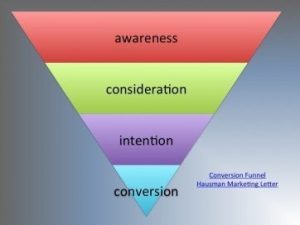There hasn’t been too much to write home about in 2020, with COVID-19 showing no signs of stopping, a country politically divided during an election year, and more natural disasters in the U.S. than anyone would care to count. However, with all of the changes caused by stay-at-home orders and things of the like, one silver lining is companies having a little extra downtime to take a deep breath and evaluate their futures.
More often than not, said evaluations will lead to discussion about major changes, and often those discussions will become action. For companies looking to make large-scale organizational changes during COVID (and after), there are a few steps to take to ensure the inevitable disruption of daily tasks is kept at bay and undergoes a smooth transition.
Here are the 5 types of organizational change, and ways to incorporate them into your remote teams.
Personnel Change
This one is virtually inevitable in a company with more than 2 or 3 employees, but depending on the job that is being filled by a new face, it can cause a lot of tension and small changes to occur surrounding the big change that is a new team member. With COVID-19, many companies are experiencing situations where layoffs are almost impossible to avoid, so personnel changes when the new normal stabilizes are bound to be aplenty.
A good thing about large-scale personnel changes, like those that may occur as the new normal stabilizes, is the ability to make other large-scale changes a bit easier, as all of the new personnel don’t know any different, anyway.
Organization-Wide Change
Speaking of large-scale changes, organization-wide changes, as the name suggests, are changes that affect every single person on payroll, and often third-party contractors as well. Adding new policies is an easy example, and getting everyone aligned and qualified regarding said policy can be quite a challenge in a world turned remote. Organization-wide changes should not take place without deep analysis of every aspect of the change. From personnel effects to customer responses, preparation for outside changes is very important when undergoing a large internal change.
Unplanned Change
Even if you have the greatest planning team ever, and a great grasp on the utilization of predictive analytics some changes are simply impossible to see coming. COVID, in the first couple months, was a prime example of a situation that required unplanned changes. Necessary changes that come from uncontrollable events include natural disasters, legal changes (especially common in healthcare), and unexpected personnel changes in a situation where bad blood results in an abrupt departure.
Security breaches also qualify, however these can generally be cleaned up within a given department, whereas most unplanned changes affect the entire workforce.
Transformational Change
Transformational change affects a company’s structure, often making it a type of change that requires complete disruption of day-to-day activities for a given period of time. Ensuring you field a team of innovative thinkers who can minimize the time away from “real work” while maximizing the amount of knowledge learned by staff regarding the new changes is extremely important, as a day or two where an entire company is not working is a big hit, no matter the size.
Remedial Change
As the name would suggest, remedial change is undertaken when analytics determine that a part or parts of a company are simply not performing to task. Identifying remedial change is generally easier than the others, and incorporating those changes normally only affects those involved with the poor performance.
Repetition
Organizational changes are inevitable if you want your company to continue to grow. Trying to have better employee retention avoid changes in and of itself, but it also allows for more streamlined processes to occur when changes beyond personnel need to be made.
Business & Finance Articles on Business 2 Community
(19)









